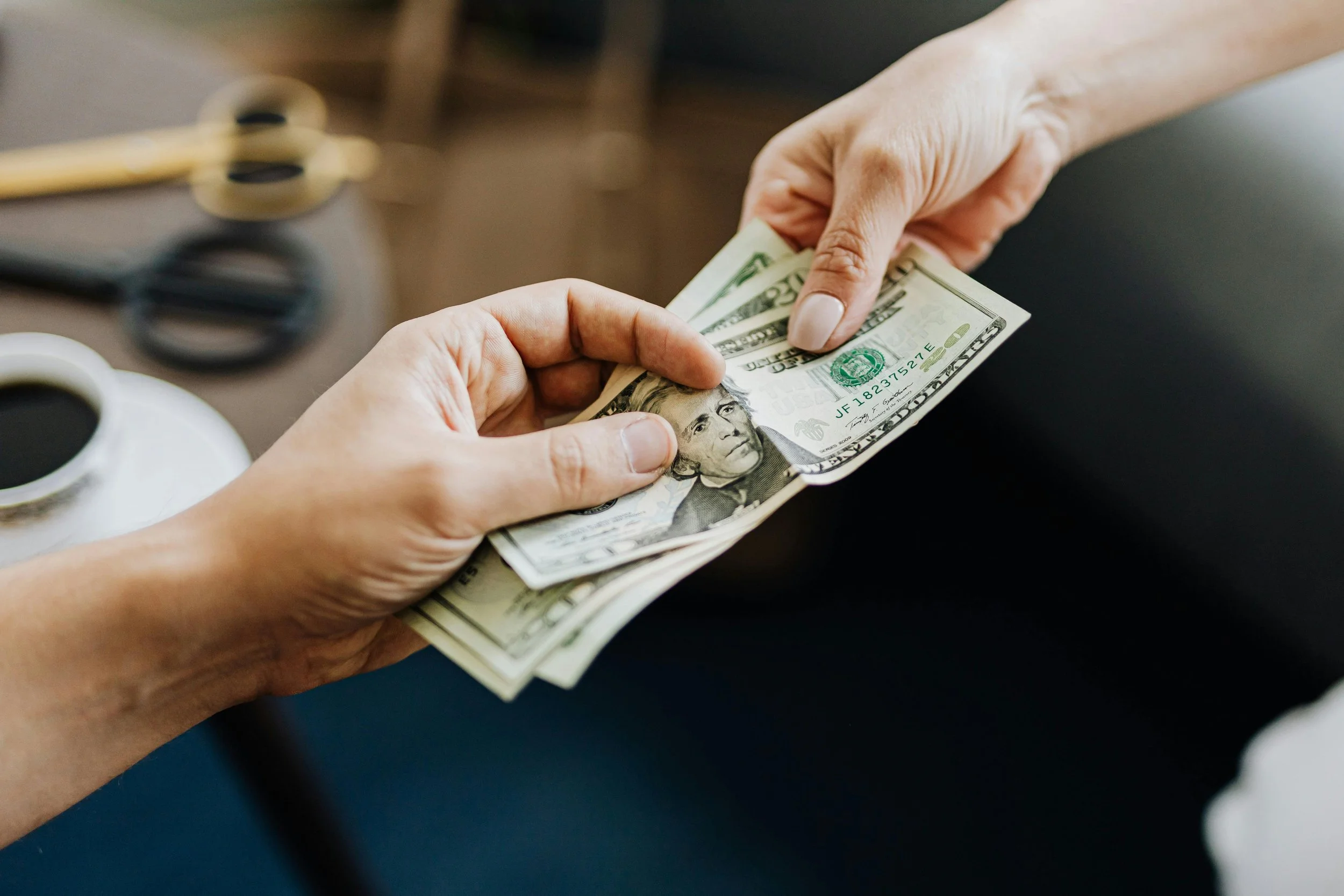The Ongoing Debate About Leather in Women’s Fashion
The clash between fashion and ethics has never been more pronounced than in the ongoing debate about the role of leather in women’s fashion. As sustainability and animal rights become increasing priorities for many consumers, the popularity of leather—a traditional staple for many fashion collections—faces scrutiny. This article delves into the multifaceted nature of leather in contemporary women's fashion, evaluating its implications for style, sustainability, ethics, and consumer attitudes, as well as the growing alternatives that challenge its conventional status.
https://www.pexels.com/photo/woman-wearing-brown-leather-tote-bag-1936848/
The Historical Significance of Leather
Leather has deep historical roots and has been used for centuries across various cultures. Originally, it served as a practical material for clothing and protection against the elements. Many ancient civilizations embraced leather for its durability and versatility. Over the years, leather transformed into a symbol of luxury and status, especially within women’s fashion, epitomized by high-end brands showcasing leather garments in runway shows. Iconic pieces like leather jackets, skirts, and handbags signify rebellion, elegance, and empowerment in women's fashion. Yet, the allure of leather comes with its shadows. The rise of fast fashion has led to mass production techniques that compromise quality and contribute to waste. As consumers become more conscious of environmental degradation and animal rights, the significant turn to vegan and eco-friendly alternatives reflects a body of changing values and aesthetics.
The Ethical Concerns Surrounding Leather Production
Leather has long been admired for its durability and luxurious feel, but its production raises serious ethical concerns. From the treatment of animals to the environmental toll of tanning processes, leather manufacturing often involves practices that conflict with modern ethical values. Many consumers are becoming more aware of these issues and are starting to question the true cost of their fashion choices. As awareness grows, so does the interest in finding more humane alternatives that don’t sacrifice style or quality. Whether in everyday wear or more niche accessories like a BDSM hood, ethical fashion advocates are urging brands and buyers alike to consider the impact of their purchases—not just on aesthetics, but on animals, workers, and the planet.
Fashion Trends Influencing Consumer Choices
Fashion trends significantly influence consumer preferences and decisions regarding leather and its alternatives. With social media magnifying trends at rapid rates, influencers and models promote stylish designs increasingly embracing sustainable and ethical materials. Brands are responding to this shift, innovating with new materials that mimic the appearance and feel of leather without the ethical dilemmas associated with traditional leather. Vegan leather options are gaining momentum, with synthetic materials and innovative fabrics leading the way. This growth reflects a broader societal shift toward what would be considered responsible consumption. Moreover, fashion shows often showcase collections that prioritize sustainable materials, appealing to a conscientious consumer base.
The Role of Innovation in Sustainable Alternatives
Innovative alternatives to leather are emerging at a rapid pace, reshaping the fabric of women’s fashion. Sustainable materials like cork, mushroom leather, or even lab-grown substitutes provide options that appeal to ethical consumers. This influx of creativity in the fabric sector largely stems from consumer demand for products that do not compromise their values. Fashion brands have begun embracing these alternatives, positioning themselves as leaders in the sustainable movement. Additionally, technological advancements allow manufacturers to create materials that are not only environmentally friendly but also stylish and functional. Companies dedicated to sustainability are often more transparent throughout their supply chains, allowing consumers to feel confident about their purchases.
The Consumer's Perspective
Consumer attitudes toward leather are evolving, influenced by broader social changes. Increasingly, shoppers prioritize sustainability and ethical considerations alongside aesthetics. Young consumers, particularly Millennials and Gen Z, exhibit preferences that lean towards brands that align with their values. For them, consumerism is not only about looking good but also about feeling good about their choices. Social media plays a crucial role in this evolution, as influencers often promote brands that embody responsible practices. On forums and platforms, discussions frequently highlight the importance of sustainability in fashion, creating pressure on brands to adapt. As consumers voice their opinions, brand accountability grows, creating a cycle where ethical practices become essential. In this context, leather’s popularity faces challenges, as many opt for alternatives that signify both style and conscience.
The Future of Leather in Women’s Fashion
As the fashion landscape continues to evolve, the future of leather seems uncertain. With ongoing innovation and a push towards eco-friendly alternatives, the traditional perception of leather is increasingly being questioned. However, it is unlikely that leather will vanish entirely from women’s fashion. Instead, it may evolve into a more responsible practice where artisans prioritize sustainable sourcing and production methods. Brands may also develop hybrid collections that utilize both leather and alternative materials to appease diverse consumer bases. Educating consumers about the origins and environmental impacts of their fashion choices will play a crucial role in shaping this future.
https://www.pexels.com/photo/woman-holding-cellphone-and-shopping-bags-5868278/
As this ongoing debate continues to unfold, the future of leather in women's fashion hangs in the balance. Shifting consumer values, challenging the status quo of ethical standards, and innovative alternatives are reshaping the landscape. Ultimately, the fashion industry must adapt to these demands, finding a way to marry tradition with modern ethics. Together, they can create a more sustainable future, leading to a paradigm shift that aligns style with responsibility.







